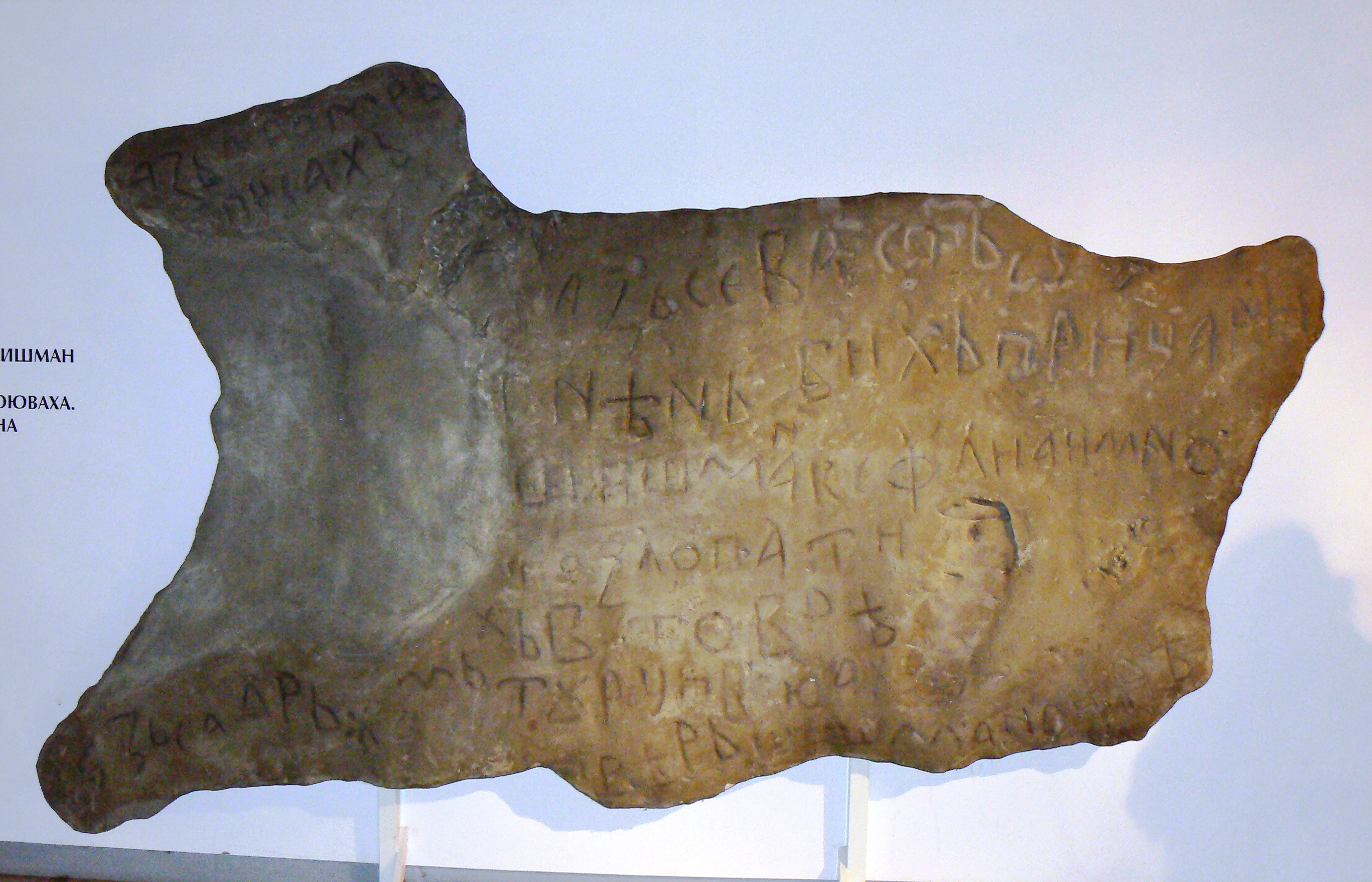Bozhenishki Urvich on:
[Wikipedia]
[Google]
[Amazon]
 Bozhenishki Urvich is a ruined
Bozhenishki Urvich is a ruined
 Bozhenishki Urvich is a ruined
Bozhenishki Urvich is a ruined fortress
A fortification is a military construction or building designed for the defense of territories in warfare, and is also used to establish rule in a region during peacetime. The term is derived from Latin ''fortis'' ("strong") and ''facere'' ...
on the northern slopes of Lakavishki ridge in the western Balkan Mountains
The Balkan mountain range (, , known locally also as Stara planina) is a mountain range in the eastern part of the Balkan Peninsula in Southeastern Europe. The range is conventionally taken to begin at the peak of Vrashka Chuka on the border betw ...
, 3 km south of village Bozhenitsa and 20 km from the town of Botevgrad, Bulgaria
Bulgaria (; bg, България, Bǎlgariya), officially the Republic of Bulgaria,, ) is a country in Southeast Europe. It is situated on the eastern flank of the Balkans, and is bordered by Romania to the north, Serbia and North Macedon ...
. It is situated at an elevation of 750 m.
An asphalt road leads to the resting base "Urvich". From there, a marked path leads to the remains of the fortress. The path takes around 20 minutes by foot. The secrets of the fortress were discovered in 1918, when, after a storm, people discovered a medieval inscription among the roots of a fallen tree.
The Bozhenishki inscription was first read and interpreted by Academician Petar Mutafchiev. He noted that the author (the hewer) of the inscription "has not thought about the size of the surface. He started with large letters and started decreasing the size of the letters and increasing the length of the rows as he noticed there is not enough space...". The inscription reads:
''Аз Драгомир писах. Аз, севаст Огнян, бях при цар Шишман кефалия и много зло патих. В това време турците воюваха. Аз поддържах вярата на Шишмана царя.'' (Bulgarian)According to the explorers, "with its exclusiveness, from both a historical and a philological point of view, the Bozhenishki inscription of ''sevast'' Ognyan enriches the «stone archive» of Medieval Bulgaria.". According to archaeological studies conducted in 1972, the place has been inhabited since the
"I, Dragomir, had written. I, '' sevast'' Ognyan, was a '' kephale'' of Emperor Shishman and took a great evil. At the same time Turks were fighting. I kept my faith in Emperor Shishman."
prehistory
Prehistory, also known as pre-literary history, is the period of human history between the use of the first stone tools by hominins 3.3 million years ago and the beginning of recorded history with the invention of writing systems. The use of ...
, but the first fortress equipment dates from around 5th-6th centuries, when it represented a unit of the Early Byzantine defense system. The peak of fortress development was around 13-14 centuries during the Second Bulgarian Empire
The Second Bulgarian Empire (; ) was a medieval Bulgarians, Bulgarian state that existed between 1185 and 1396. A successor to the First Bulgarian Empire, it reached the peak of its power under Tsars Kaloyan of Bulgaria, Kaloyan and Ivan Asen II ...
, when outer wall was erected. The wall acted as a barrier from the north, where the only entrance from the village of Bozhenitsa is situated.
By the end of 14th century, the fortress served as the headquarters of boyar
A boyar or bolyar was a member of the highest rank of the Feudalism, feudal nobility in many Eastern European states, including Kievan Rus', Bulgarian Empire, Bulgaria, Russian nobility, Russia, Boyars of Moldavia and Wallachia, Wallachia and ...
Ognen (Ognyan), a local governor (''kephale'') during the rule of Emperor Ivan Shishman
Ivan Shishman ( bg, Иван Шишман) ruled as emperor (tsar) of Bulgaria in Tarnovo from 1371 to 3 June 1395. The authority of Ivan Shishman was limited to the central parts of the Bulgarian Empire.
In the wake of the death of Ivan Alexan ...
(r. 1371–1395). One of the most notable points of interest is a 10 meter deep water cistern, as well as the cave chapel inside the fortress. A trove of silver coins, dating from the reign of Ivan Shishman, was uncovered near the gates at the depth of 0.2-1.5 m. Hundreds of arrow and spear heads, as well as skeletons of soldiers, have been discovered buried near the walls. They testify the fight between ''sevast'' Ognyan and the Turks around 1395.
In 1966 the medieval fortress was declared as an site of national significance.
References
{{Castles in Bulgaria Botevgrad Municipality Buildings and structures in Sofia Province Castles in Bulgaria Balkan mountains